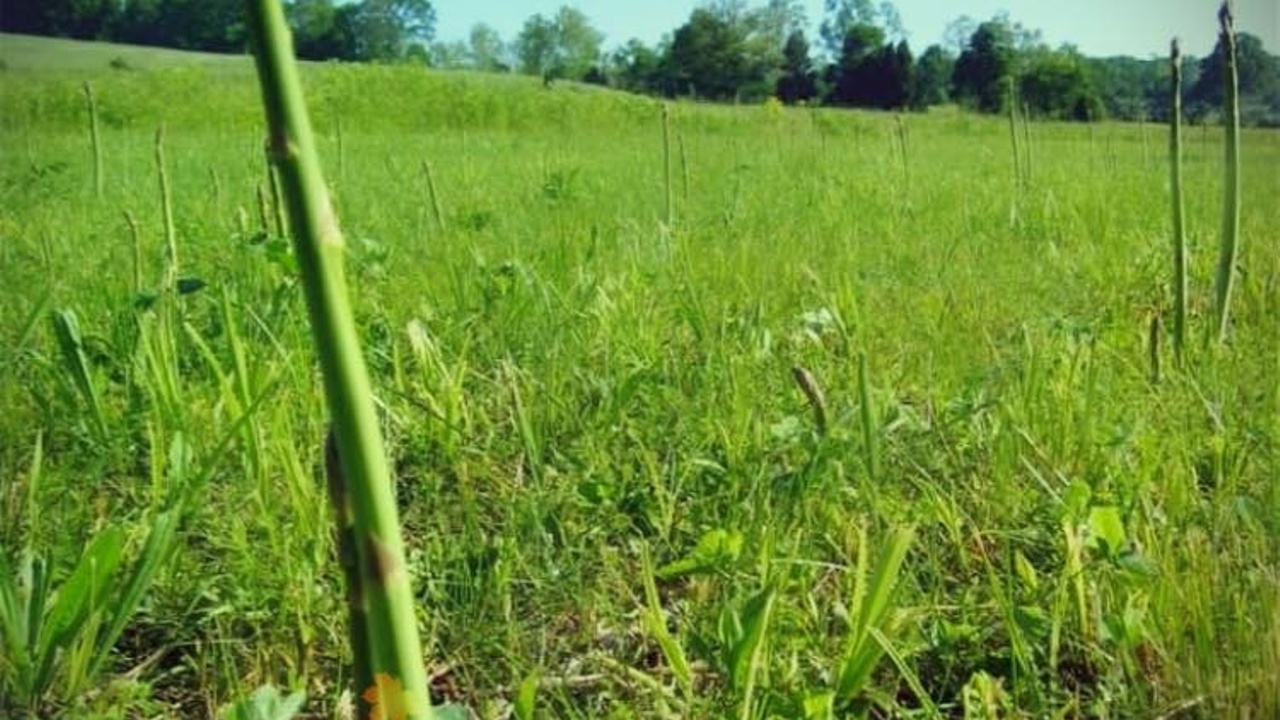A is for Aspargus

Composting 101 - Building Black Gold Soils

Black gold, soil, compost...whaaaat?
What is Composting all about?
In a nut shell, it's a process that breaks down natural materials at an accelerated rate that brings gold to the garden! While compost isn't a fertilizer, it greatly reduces the need for one by improving soil fertility & structure. It adds organic material to your garden, and inoculates the soil with microbial life! I'm short-changing the benefit list. For a more in-depth compost experience see our Winter Workshop Bundle!
So how does it work? Composting uses a combination of microbes, water, air (oxygen), carbon (dead/brown materials), and nitrogen (living/green materials.) When managed properly, the original ingredients will become unrecognizable upon completion.
What are carbon examples? Sticks, straw, saw dust, dried leaves, pine needles.
What are nitrogen examples? Raw veggies scrapes, yard litter, grass clippings, flowers. (don't use animal products, cooking oils, processed foods, rices, bread, et...
Winter Strawberry Care


